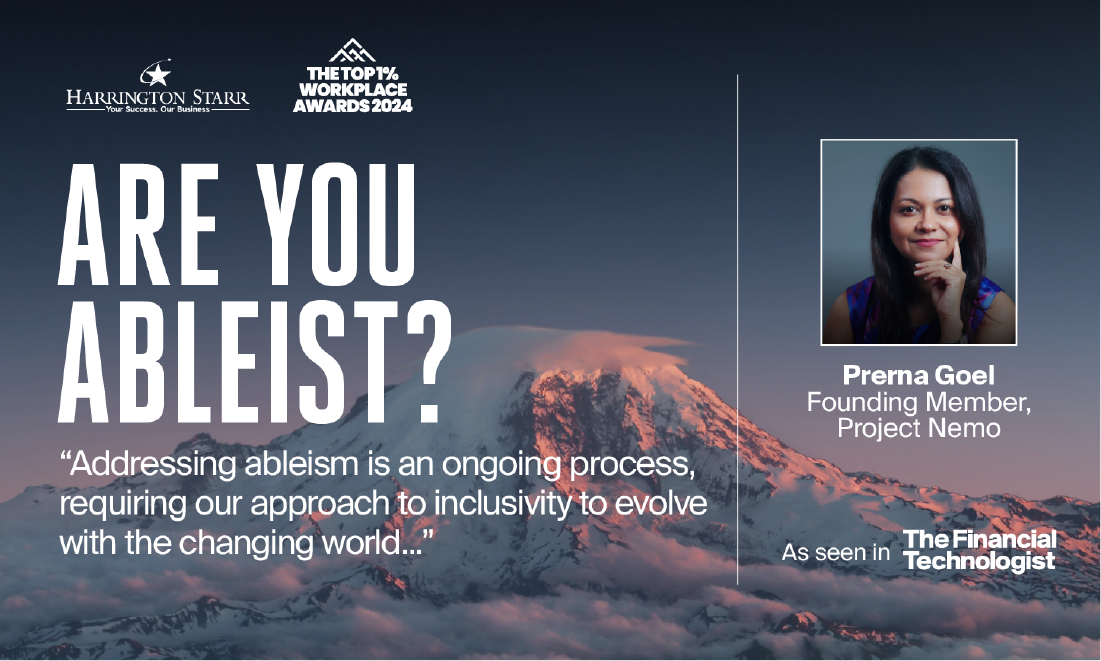
Download your free copy of the latest Financial Technologist magazine here.
In Mel Gibson’s film Apocalypto, there is an amazing scene early on where a wizened village elder addresses the rest of
the tribe. He tells a story about Man’s insatiable desires and how it will all end badly. Lit by the flickering flames of the campfire, the faces of the tribe members are transfixed.
Storytelling as a way of transmitting (and receiving) valuable information is almost as old as mankind itself – just go back 36,000 years and look at the Chauvet cave paintings in France, for example.
So, it's not surprising then that marketers have cottoned on to this – a point picked up by Kendall Haven, author of Story Smart, who says:
“Your goal in every communication is to influence your target audience (change their current attitudes, belief, knowledge, and behaviour). Information alone rarely changes any of these. Research confirms that well-designed stories are the most effective vehicle for exerting influence.”
Donald Miller picks up on this theme too in Building a Story Brand. The power of stories, he asserts, is that they provide a well-understood mechanism for people to sort and organise the deluge of information they are hit with 24/7. A good story cuts through this noise and allows us to focus on the real message.
But there’s a problem.
Your customers don’t care about your story; they care about theirs. This point is developed by Miller, who says that most stories follow a well-trodden path: “A HERO who wants something encounters a PROBLEM before they can get it. At the peak of their despair, a GUIDE steps into their lives, gives them a PLAN and CALLS THEM to ACTION. That action helps them avoid FAILURE and ends in SUCCESS.”
Too many brands focus on being the HERO and telling their customers how fantastic they are, whereas, instead, they need to position themselves as the GUIDE to the real HERO: their customer.
Empathising with your customers and their problems is key then. Achieving this is simple: go talk to them. As director of group strategy at Fidessa, I spent much of my time doing exactly this. I remember one day having a curry with the head of execution at one of our largest customers. He said to me “Steve, we spend 15 million bucks running your platform; surely you could run it cheaper given its your software?”
I assured him that, in principle, we could and excitedly went back to the office to tell my colleagues about this amazing opportunity I had uncovered.
What happened next was a great example of how to get it wrong. Instead of seeing our client as the HERO (his motivation was self-promotion by making his boss look good, by the way) and us as the GUIDE, we rigorously did the opposite. The techs came up with a massively convoluted construct called transformational outsourcing. We (as the HERO) would step in, run the platform, and transform it to the latest and greatest system there was. The only hitch was that this was going to cost more. After presenting a 40-page deck to their management team, the result can only be described as epic failure.
After commiserating with the programme manager, he laughed (somewhat bitterly) and said that no-one had told him that the whole idea had been to reduce their cost of ownership and that they simply didn't want any new bells and whistles. They viewed the current platform as fit for purpose as it was.
The above story, while true, is a simplification of the B2B buying process which typically involves more than one individual, all with their own corporate and personal agendas. At an individual account level, this is a job for sales but mapping out these personas in general and their likely failure and success paradigms is an essential part of marketing.
Next, review your brand narrative through these different lenses and develop stories that relate to your customer as the HERO. Typically, this will be anchored in what is happening at a macro level in their business environment and the micro challenges and opportunities this presents.
In my experience, this really works. While at Fidessa, I stopped us putting out press releases about how many rivets were banged into each release of our software and, instead, we put out material (videos, blogs, white papers etc.) about what was happening in our industry (note the “our”). After 12 months or so, we started to be perceived as an industry GUIDE much more than a purveyor of software.
Download your free copy of the latest Financial Technologist magazine here.





